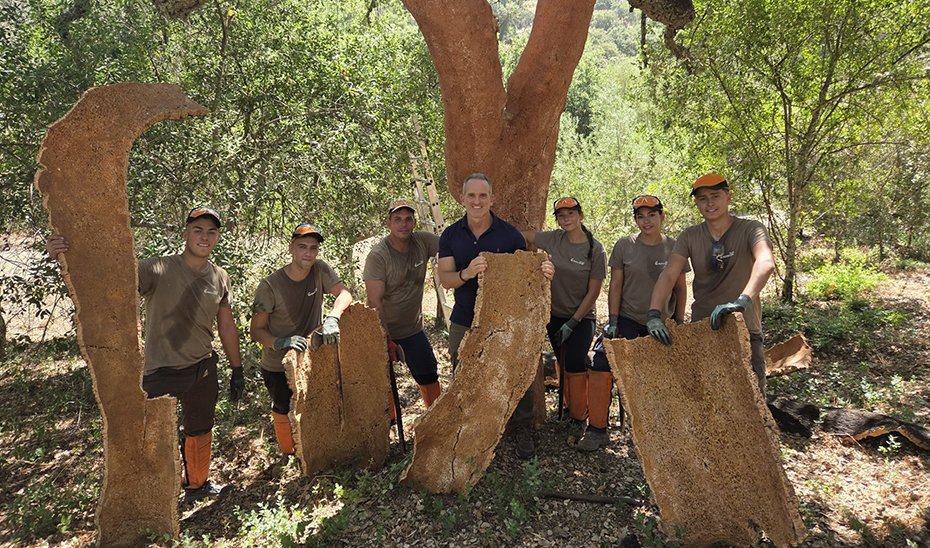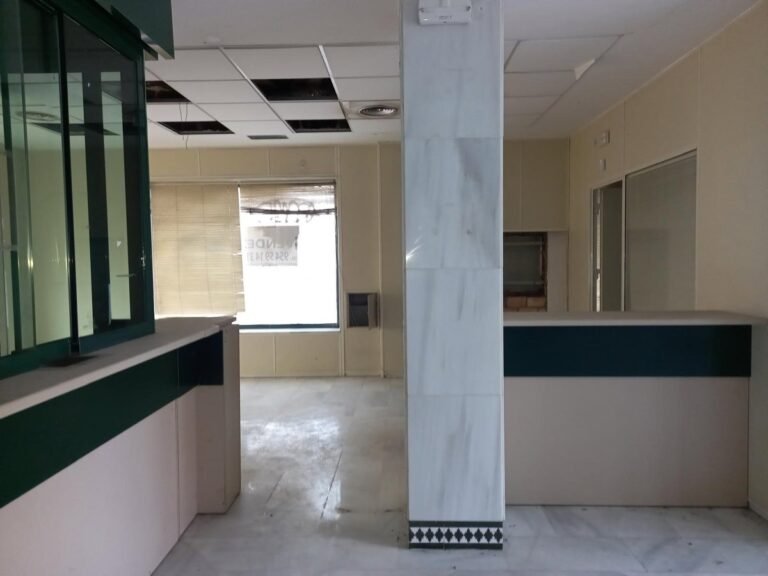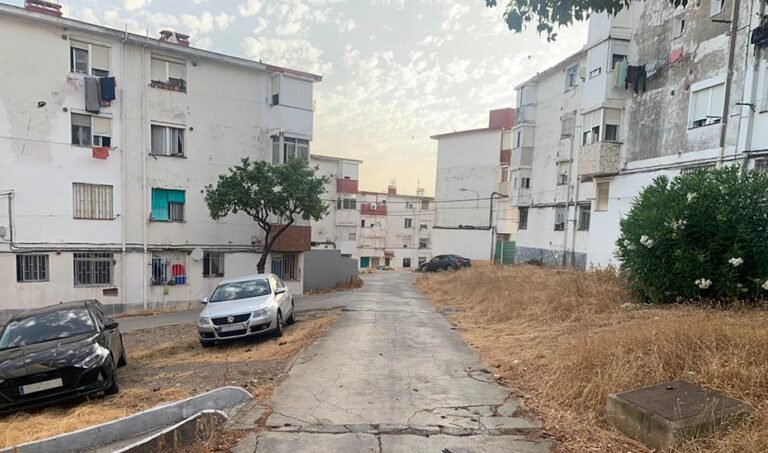
The Department of Sustainability and Environment, through the Agency of Environment and Water (AMAYA), has launched the sixth edition of the Cork School in the province of Córdoba. This initiative, which started on July 7th, takes place in the public forests of Huerta del Rey and Fuente del Valle, within the Hornachuelos Sierra Natural Park.
A total of seven students from the municipalities of Hornachuelos and Villaviciosa de Córdoba are participating in this intensive two-week training program, with a budget of 14,755 euros awarded to the company Agrofosur S.L.
Rafael Martínez, the territorial delegate of Sustainability and Environment in Córdoba, who visited the school, emphasized that «it is a strong commitment to professional training in a traditional trade that needs generational turnover and represents an opportunity for sustainable employment in rural areas.»
During the training, participants acquire practical knowledge in all phases of the cork process: from tool handling, extraction, hauling, and classification, to the prevention of occupational hazards. In this context, Martínez highlighted that «with this edition, 37 cork harvesters have been trained in the province, many of whom have found employment in subsequent campaigns, demonstrating the effectiveness of this training model.»
This year, due to the decrease in prices and the increase in cork extraction costs due to a shortage of specialized labor, no extraction has been carried out in the public forests of the Junta in Córdoba. Nevertheless, the Andalusian government remains committed to the sector, which has produced an average of 2,392 tons of reproduction cork and 85.73 tons of bornizo annually in the province over the last decade. The municipal terms that host public forests with cork production are Espiel (35% of the total cork production in the public forests over the decade), Villaviciosa de Córdoba (20%), Villanueva del Duque (12%), Belmez (10%), Montoro (9%), Villanueva del Rey, and Hornachuelos (7% each).
«The cork from the Cordovan Sierra Morena is of exceptional quality and we must continue to invest in its sustainable use, ensuring the conservation of our forests and the economic development of our towns,» stated the delegate.
The cork extraction process and its potential
Once the cork is extracted, it is stacked and classified into three groups based on its quality: cork for stoppers, cork for waste, and bornizo cork. After classification, it is sold through public auction, following sector regulations. During the period of the sale offer, numerous sector companies visit the lots offered. In this sense, the forest management of the mountain has been certified as sustainable by the FSC entity.
The properties of cork are evaluated based on thickness or caliber and the appearance of the sheets, establishing price differences depending on whether it is natural cork for stoppers, colmated stopper, technical stopper, or agglomerated stopper.
Cork is a natural product with significant and distinctive physical-mechanical characteristics, and there is no synthetic product in the industry that matches them. Thus, this element also constitutes one of the most representative sources of income from the natural environment for the economy of many municipalities in the Sevillian province.
The cork oak forests provide, as a forest ecosystem, numerous environmental goods and services, among which stand out their contribution to climate change mitigation as a CO2 sink, the conservation of biodiversity, and the prevention of erosion and desertification, in addition to their high landscape value, which confers a special identity and representation of the Andalusian natural environment.




